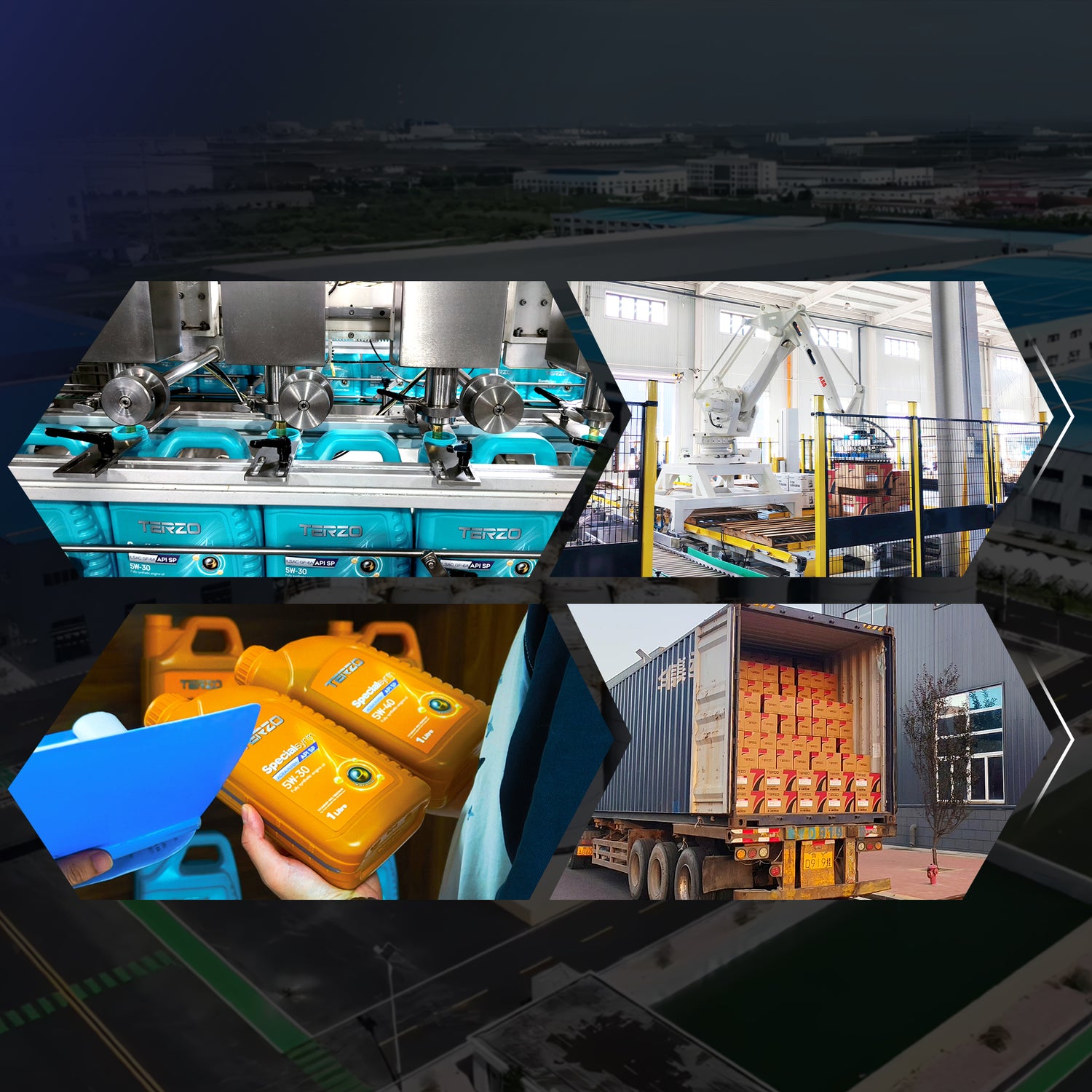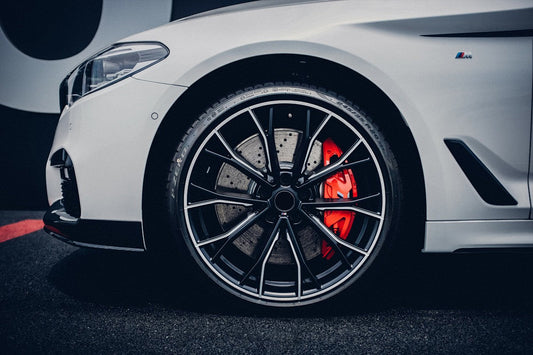
Technical Differences in Motorcycle vs Automotive Lubricant: An Engineering Analysis Based on SAE/JASO/API Standards
I. Fundamental Differences in Lubrication System Architecture
1.1 Powertrain Integration Comparison
| Parameter | Motorcycle | Passenger Vehicle |
|---|---|---|
| Lubrication System | Engine + Transmission + Clutch | Engine-Only Lubrication |
| Peak Oil Temperature | 130–150°C | 100–120°C |
| Shear Rate | 10⁶ s⁻¹ | 10⁵ s⁻¹ |
Key Conclusion: Motorcycle lubrication systems endure 3× higher mechanical stress and 1.5× greater thermal load compared to automotive systems.
II. Core Performance Metrics & Technical Specifications
2.1 Wet Clutch Compatibility (JASO T903:2016)
-
Friction Requirements:
-
Dynamic Friction Coefficient (μd): 0.10–0.18 (MA2 optimal)
-
Static Friction Coefficient (μs): ≥1.15×μd
-
-
Prohibited Additives:
-
Molybdenum Disulfide (MoS₂): Reduces μ by 30–40%
-
Organic Molybdenum Compounds: Induces clutch shudder
-
2.2 High-Temperature High-Shear Stability (HTHS)
-
ASTM D4683 Test Standard:
-
Minimum Motorcycle Requirement: ≥3.5 mPa·s (150°C, 10⁶ s⁻¹)
-
Typical Viscosity Degradation:
-
Mineral Oil: 25%/1,000 km
-
PAO Synthetic: <8%/1,000 km
-
-
2.3 Oxidation Stability (ASTM D943)
| Oil Type | TOST Life (h) | Deposit Formation (mg) |
|---|---|---|
| Conventional Mineral | 1,500 | 120 |
| Full Synthetic Ester | 4,000+ | <30 |
III. Product Development Strategies
3.1 Formulation Architecture
-
Base Oil Selection:
-
Group IV PAO: Pour Point -45°C, Viscosity Index >140
-
Group V Esters: Polar Molecules Enhance Metal Adhesion
-
-
Additive Package:
-
Ashless Anti-Wear: Zinc Dialkyldithiophosphate (ZDDP)
-
Metal Passivators: Benzotriazole Derivatives
-
Antioxidant System: Hindered Phenol + Aromatic Amine Synergy
-
3.2 Certification Compliance
-
JASO MA2:
-
Friction Durability Test: 30,000 Clutch Engagement Cycles
-
Steel-Aluminum Wear: <15 mg
-
-
API SP:
-
Chain Wear Test (ASTM D8111): <0.35% Mass Loss
-
LSPI Prevention: Calcium Detergent <800 ppm
-
IV. Real-World Performance Validation
4.1 Track Extreme Testing (TERZO MotoPro 10W-40)
| Test Condition | Performance Metric |
|---|---|
| 3-Hour Continuous @9,000 RPM | HTHS Retention: 98.7% |
| Peak Oil Temp 145°C | TBN Decline Rate: 0.8 mgKOH/g/h |
| Clutch Plate Wear | Thickness Δ <0.02 mm |
4.2 Urban Commuting Simulation (10,000 km)
| Metric | Mineral Oil | Full Synthetic |
|---|---|---|
| Viscosity Change Rate | +32%/-25% | ±8% |
| Acid Number Increase | 4.2 mgKOH/g | 1.5 mgKOH/g |
| Iron Wear Debris | 120 ppm | 28 ppm |
V. Industry Standardization Recommendations
-
Oil Selection Criteria:
-
Mandatory JASO MA2 Certification
-
HTHS ≥4.0 mPa·s (for 1000cc+ Models)
-
-
Maintenance Protocols:
-
Establish Oil Database for TBN/HTHS Monitoring
-
Deploy Portable Viscometers (ASTM D7279)
-
-
Technical Training:
-
40-Hour Friction Chemistry Curriculum
-
OEM-Certified Engineer Program
-
Data Sources: SAE Technical Paper 2021-01-0078, JAMA Lubricant Committee Annual Report.
© International Combustion Engine Society (ICES), 2023. All rights reserved.




